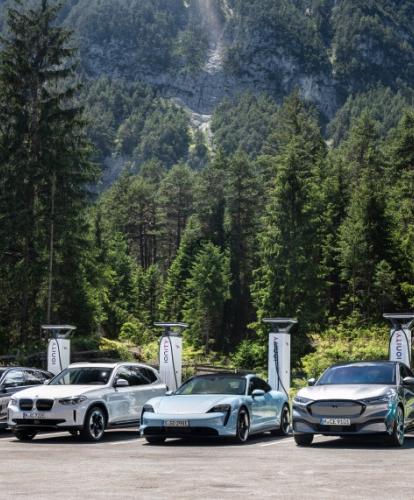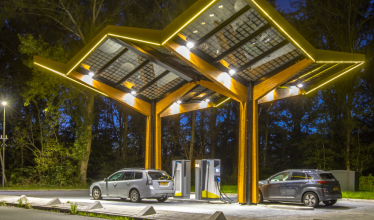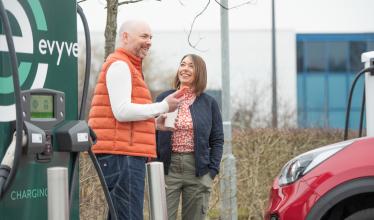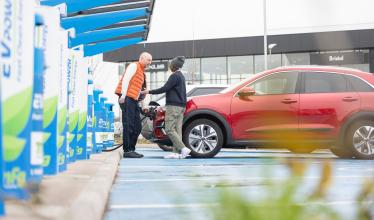As the UK’s leading EV charging app, Zapmap helps electric car drivers like you find charge points up and down the country and top up your EV. And now that we’ve taken our first step into mapping charge points in mainland Europe, we’re excited to share with you some advice and words of wisdom from other Zapmap users.
For starters, you can now search and filter for certain charge points in France, Germany, Belgium, the Netherlands and Luxembourg. We’re doing this to help UK drivers find en-route charge points when road tripping in an EV across these countries.
With the charging network growing rapidly across the continent, it’s now easier than ever to find places to plug in to charge your electric vehicle. But with so many charging operators available, it can be hard to know where to start, or where to turn if you find yourself in a pickle at a charge point.
We’ve put together this guide, packed full of shared experiences and advice to help you venture out across Europe, with knowledge from Zapmap users who have charged abroad before you.
Jeff’s EV takes him on a Tour de France
Jeff took his Kia Niro EV from the UK to France, from Brittany to various places between Carcassonne, Beziers and Montpellier, which took him three days each way.
“Generally speaking we managed ok with no disasters and only once getting low on range.”
While many drivers will look to utilise ultra-rapid chargers to get their EVs fully charged in the shortest possible time in order to reach their destination quickly, Jeff preferred to take advantage of the slower charge points,
“We focused on the generally excellent infrastructure put in by Lidl, and other similar fast and slower chargers.”
Following Jeff’s advice means you will get to see more of the country you’re visiting or passing through, by taking the smaller roads you’ll be exposed to a lot more of the local charm and culture along your route, but as Jeff warns, there are pitfalls to this method,
“We saw a lot of supermarket car parks.”
While supermarket car parks might not be the most exciting of charging sites, they do offer conveniences such as public toilets, restaurants and cafes, and are of course the perfect place to stock up on road trip snacks and drinks, so keep them in mind when you’re planning your route.
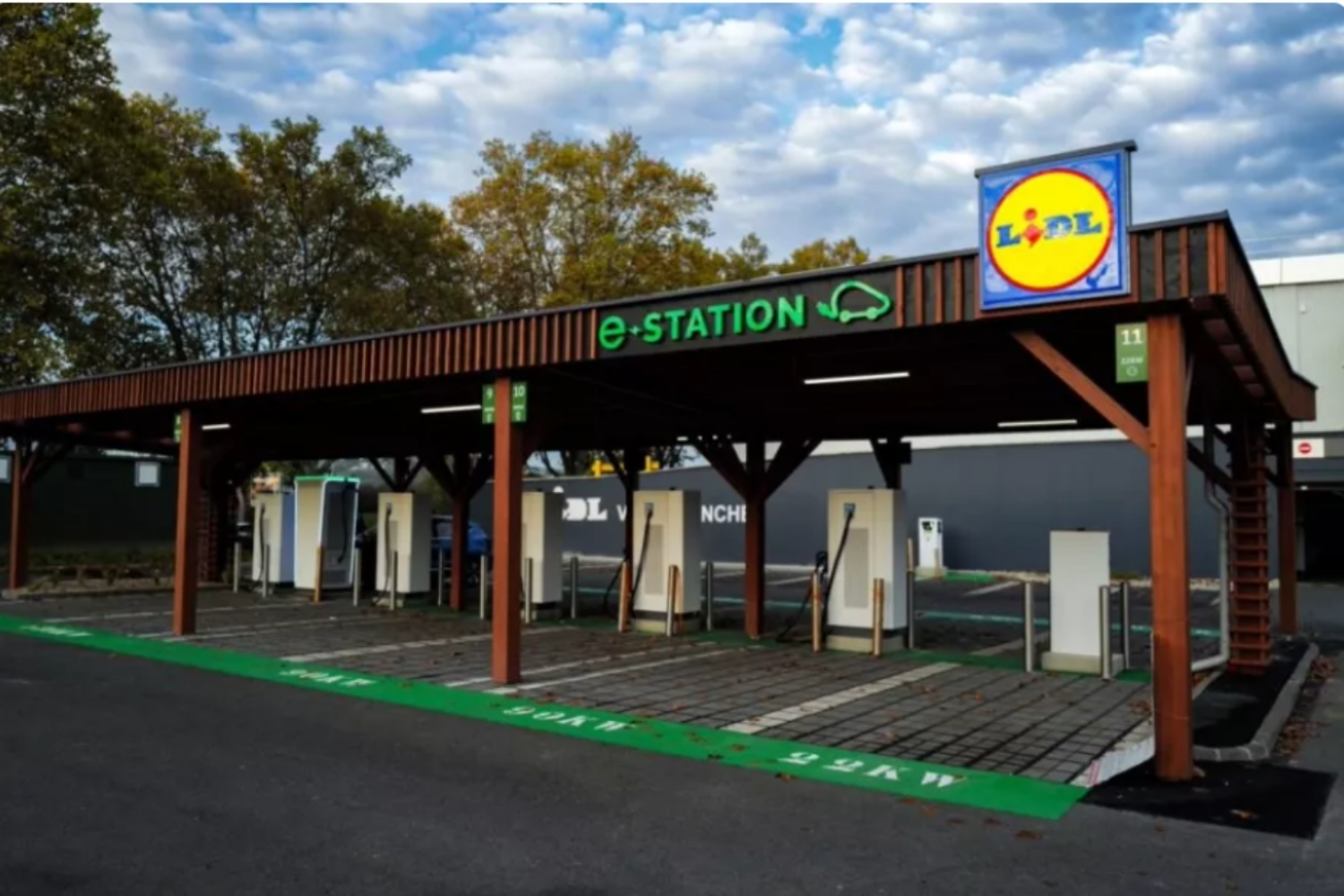
Lidl and other supermarkets across Europe offer a convenient place to charge.
If you find yourself lower than you’d like on range, searching for charge points on Zapmap is just as easy in Europe as it is in the UK. Take the opportunity to regularly search along your trip as you might discover some charge points in some unlikely locations,
“We were pleasantly surprised to find a brand new fast charger in the middle of nowhere next to a corn field when we were convinced it would be a phantom charger (shown on the charge point operator’s map but nowhere to be found in the real world!).”
Probably the most important wisdom shared from Jeff was to plan ahead to give yourself plenty of wiggle room and extra time to charge, on top of the time you’re expecting your road trip to take,
“Our journey was longer than if we went in an ICE car - probably adding at least a third again to the time for each trip. However we survived and were impressed by the better infrastructure here in France.”
David’s EV drives through France, Spain and Portugal: Big area, small carbon footprint
In 2021, David took the ferry to Santander in a Nissan Leaf. Being aware of the 400 miles to his destination in Portugal, he planned stops in Vittoria Gasteiz on the way out and Leon on the return stretch.
His road trip did not go so smoothly at times, but David was happy to share with us what he learned from his experience.
“Charging in Spain was very difficult and we ended up spending 4 hours in Palencia as none of the rapid chargers worked. Good thing really as I cooked the battery! I ended up rolling down hills to cool the battery. My record on that trip was 6 hours but in the Leaf it took 12 hours.”
David wasn’t to know the charge points he had planned to stop at were not functioning, but now that Zapmap is live across Europe you can see any live status info that is available on the charge points you search ahead of time, and as people use Zapmap while travelling abroad you’ll also be able to see helpful notes left by our users.
Unfortunately for David, his issues with charging in Spain didn’t end there.
“Spain was very bad, multiple networks only allowed Spanish residents to use them. Spain is getting better fast but I can drive all day and not see an EV - I only met two other EV drivers charging in the space of a week!”
Many of the Spanish EV charging network apps require a Spanish address for registration, and users find that their payment cards can’t be added due to their home address linked to their bank accounts not matching their Spanish registration address.
One way you can avoid this issue is filtering to chargers which just accept contactless charging and building those chargers into your route planning. We recommend registering with Zapmap ahead of time so that you can familiarise yourself with the features and start to plan your charging stops, remembering to bookmark the ones which best suit your needs. Look for charging stops that accept contactless payment for ease of use and check the advice of other Zapmap users to avoid any charging locations where they were unable to pay via the network’s own app.
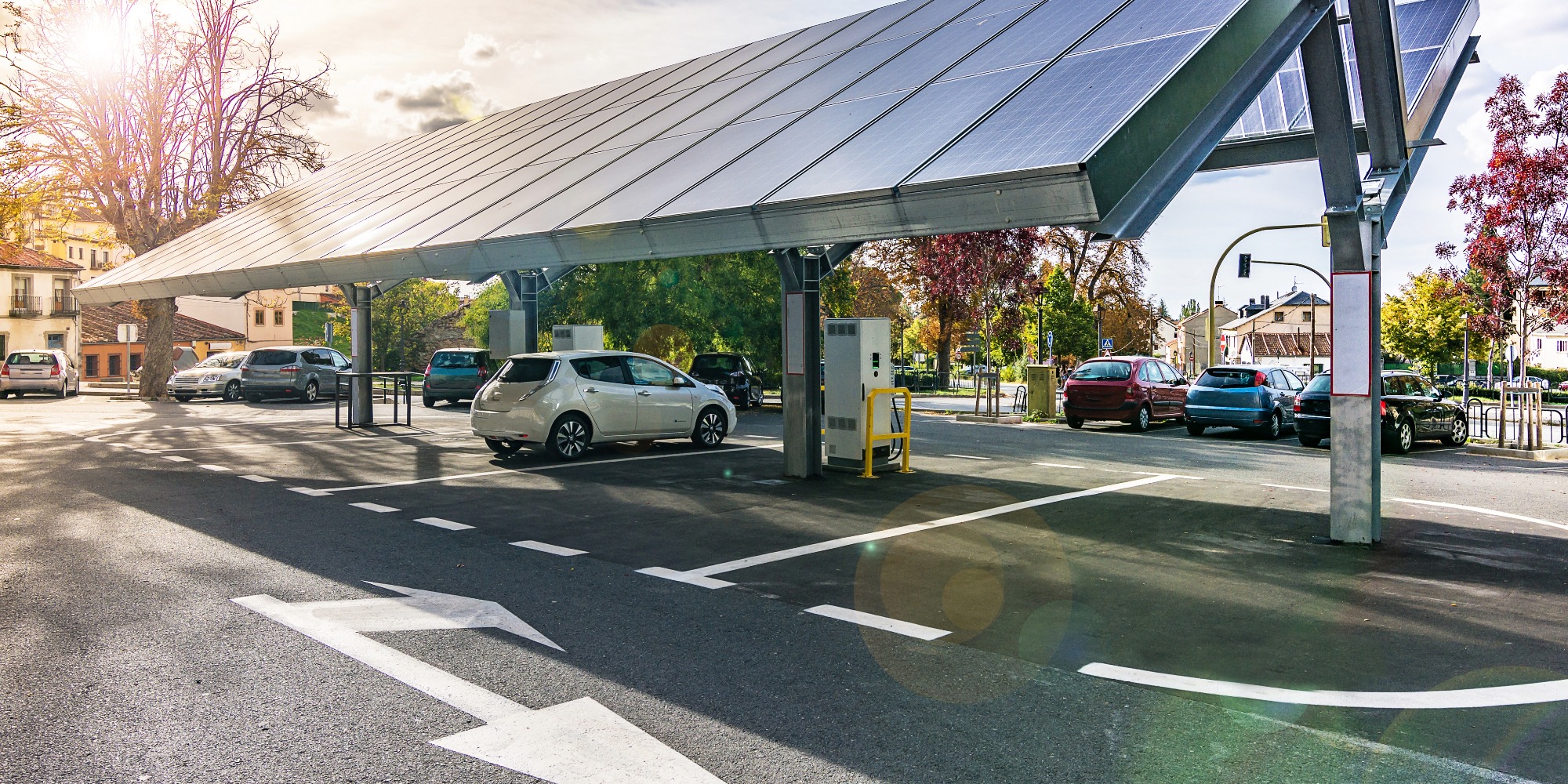
A Nissan leaf charges at a hub in France.
One year later, David enjoyed a far easier EV charging experience when he journeyed out across the continent again. This time, in a MG 5, giving him the freedom of increased range over the Nissan Leaf.
“We drove to Rouen, then Millau and the Pyrenees in France. French charging is excellent. We did 625 miles from France to Portugal in one day over 14 hours - the whole experience was brilliant.”
We asked David if there was anything he could share with us that he’d wished he’d known before heading across Europe in an EV for the first time
“I did months of research for Spain but still keep getting stuck or delayed, I've just got better at escape options.”
“Portugal had the simplest charging with one RFID card for all chargers. In France there's chargers everywhere, and Spanish charge points are always empty, charging locations in Portugal always have a café.”
Eleanor’s electric excursion to Belgium
Eleanor took a 485 mile long trip in her EV to Neufchateau, Belgium, which is close to the Luxembourg border, accompanied by her nine year-old co-pilot son George, and her back-seat support team, her two youngest children Tomos and Emrys.
“Zapmap helped me identify and plan where to charge from Wales to Dover. I had a bit of stress with some charge points in Ashford services, but thank goodness for Zapmap making it easy to find a working charger nearby, and it was cheaper too!”
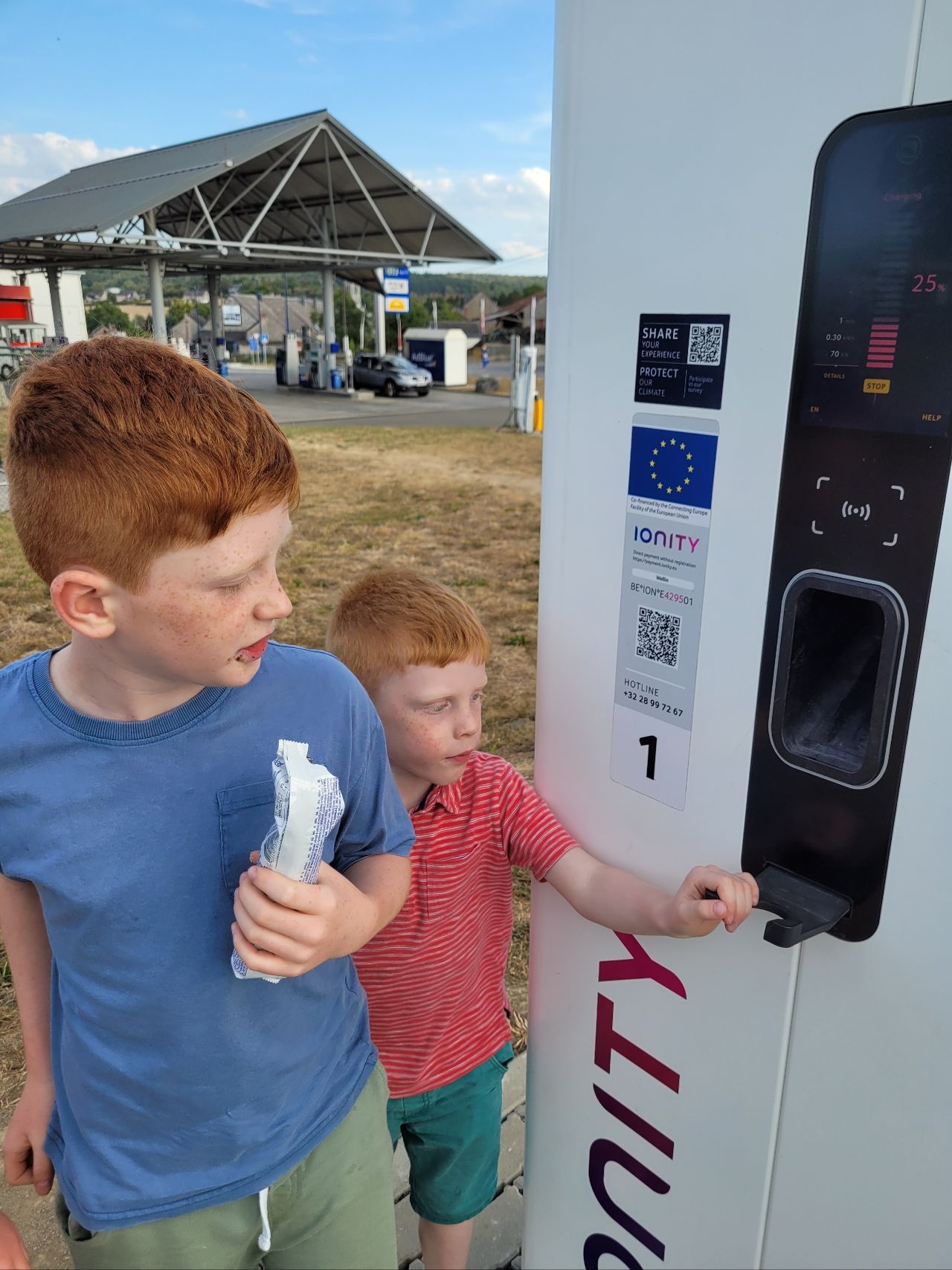
Zapmap users in the UK can easily see available and working charge points within the app, status bubbles appear on every charge point we receive live data from. Zapmap Premium users can view this information while en-route to their charging destination within their car’s dashboard display thanks to Android Auto and Apple CarPlay.
Planning for overnight stops is an essential part of any extended road trip, so don’t forget to check if your hotel, B&B, campsite or guest house has EV charging provisions.
“I topped up on my overnight stay at Dover Travelodge, so I was fully charged again in the morning.”
The number of EV charging stations in Europe is growing rapidly, making it easier than ever before to put aside any range anxiety - in fact, in countries across Western Europe there are generally more public chargers - at least per EV - than there are in the UK.
“It was really interesting to see how EV infrastructure is developing and the impact that it’s having on journey experience.”
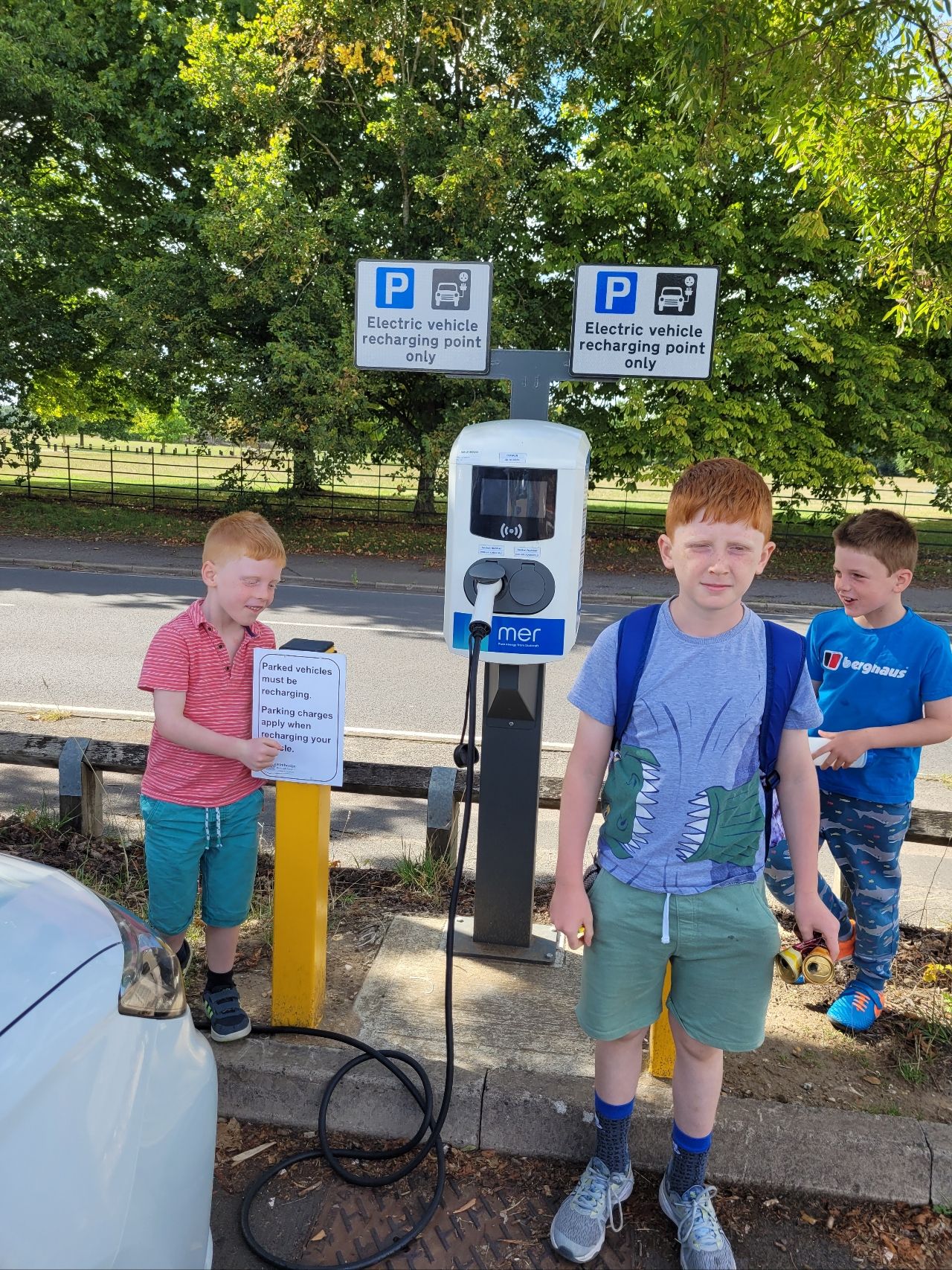
As of November 2023, the EV charging infrastructure in Europe currently stands at around 500,000 charge points and the network is made up of hundreds of different charge point operators.
The first time you charge your EV, whether in the UK or abroad, can be quite a daunting experience. EV charging is more straightforward than it looks, and like anything new, it just requires some practice. Eleanor and her pit-stop crew weren’t deterred from taking on the EV charging challenge.
“It was a team effort with all 3 boys involved and me! Even our EV ‘language’ evolved, with my six year old asking how much battery percentage and range was left.”
Chris’ Swiss EV adventure
Chris took his EV to Switzerland via France and Germany, where you can find charge points mapped on the Zapmap app and desktop map.
Chris found himself relying mostly on the faster charge points located at motorway services for convenience along his route, but he reminds us of an important fact, just because a charge point can deliver rapid speeds, doesn't necessarily mean your car’s battery has the capacity for them.
“There were lots of charge locations available on the motorways in Europe, most of them ultra-rapid type although my car charge maxes out at about 80kW.”
When planning your road trip make sure you know the maximum charging speed of your EV, and remember that a lower charging capacity doesn’t mean you can't use ultra-rapid charge points, your charging speed will just be limited and your charge will take longer.
Good news for your trip, the cost of EV charging in Europe might surprise you,
“The chargers were considerably cheaper than the UK, in particular in France where some ultra-rapid charge points were only around 25p per kWh. Germany and Switzerland were generally similar in cost to the UK, if maybe slightly cheaper.”
Be mindful that the cost of charging will fluctuate depending on the charging network, time of day, and sometimes the specific charger type, as well as the country you’re visiting. You can check pricing on Zapmap ahead of time to find charging to suit your budget. and even search and filter for ‘Free to use’ charge points to see if any are available nearby.
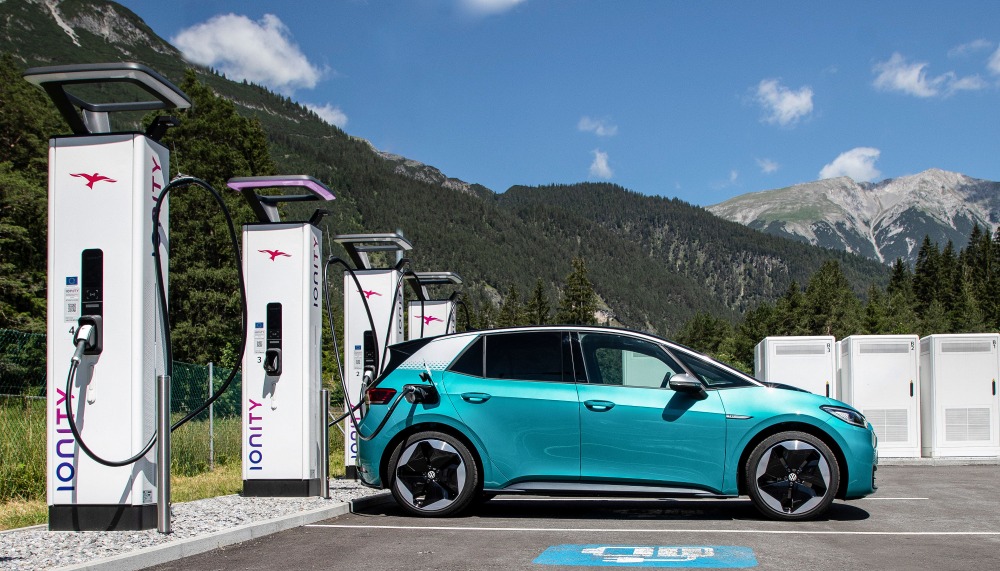
Ionity charge points nestled in the mountains of Switzerland.
Another great tip from Chris was to make sure to register for the Crit’Air sticker, required for driving in clean air zones in France. They cost less than €5, and will save you from a potential fine of up to €135 if caught in a clean air zone without one. Make sure the sticker is visible at all times by affixing it to the right-hand side of the car’s windscreen.
When road-tripping with any car, it’s best to plan regular breaks to avoid fatigue to maintain safe driving practices, Chris worked his EV charging into these breaks,
“Charging was easy, I planned my stops based on about 2 hours driving before stopping for a rest and never had to queue.”
So far into his EV adventure things had been going smoothly for Chris, but he cautioned to expect occasional issues with charge points.
“I only had one problem at Hauconcourt near Metz where I was only getting about 28kW power from an Ionity charger so I just drove down the road a few kilometres to another rapid device to charge. Always have a plan B!”
You can plan your plan B while searching for your plan A, rarely will you search an area to only find one charging location within a 50 mile radius, so take a moment longer to bookmark other suitable charge points nearby within the Zapmap app in case you find yourself needing a backup.
Chris played it safe with his battery charge level, which is great advice to cope with occasional mishaps or range anxiety,
“I never ran the car battery lower than about 30% so I always had some in the tank, so to speak.”
Ensuring you have ample range to get to ‘plan B’ charge points will mean you never run out of charge and make it to your destination without panic or stress.
Chris summarised his road trip by sharing the comparisons he’s drawn between a similar route taken in a diesel car - that the journey may take longer, but you can enjoy your journey more in the knowledge that you’re saving money, and leaving much lower carbon footprints in your wake.
If you’re driving abroad in France, Germany, Belgium, the Netherlands or Luxembourg, we'd love to hear about your experiences driving an electric car in these countries. That includes your European driving adventures, your favourite charging networks and locations - and any hints and tips you might have for other drivers.
